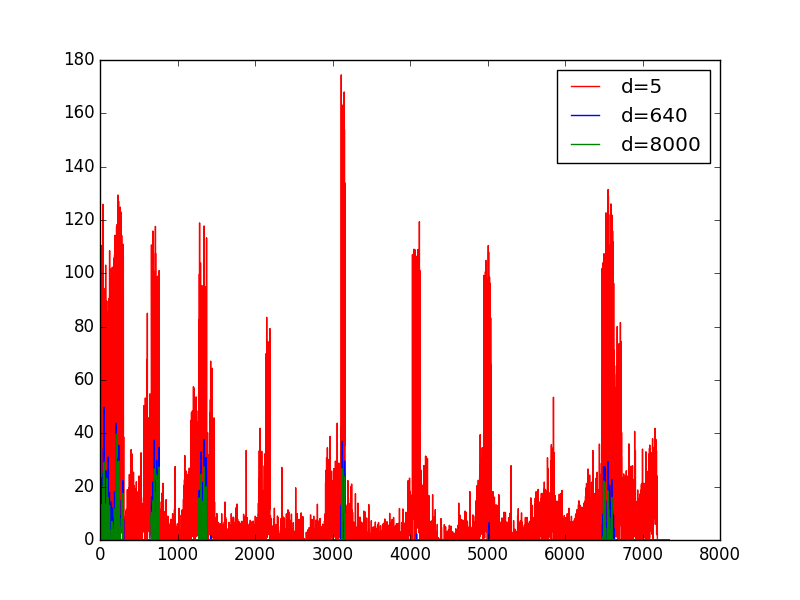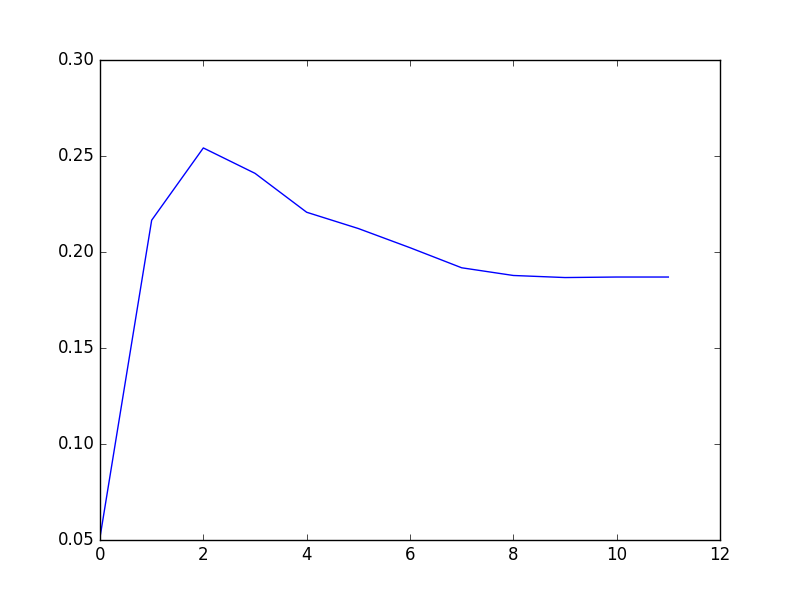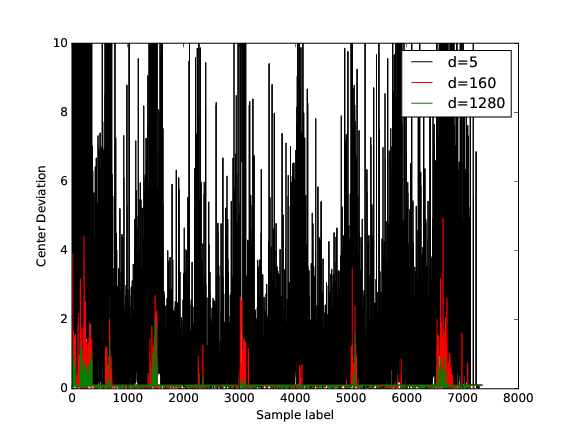...
- Software Environment
- Data Generation
- Codewords Generation
- CPU
- GPU
- Support Vector Machine
- Convolutional Neural Network (pending)
- Results
- Raw Images
- Pre-Processed Images
- Discussion
- Links for my code, data, and other files related to this project
...
to construct the model and reduce the dimension of the feature space. But I have not tuned the parameters carefully. These parameters come from the demonstration example of these function.
Note that because we have a huge feature dimension, I think it is necessary to prevent over-fitting. The results also confirm my decision.
5.Convolutional Neural Network (pending)
...
- Transfer training. In the last several programs in folder 'cnn', I have implemented the VGG16 with tensorflow in a way that it can work on a single GPU. The next work for this approach should be
- rewrite it in a way that is capable of running on multiple GPUs
- or train different copy of the models on different GPUs and average over different copy of models after training.
- rewrite the loss function. About this, you should consult with David. The general idea is to include classification and regression in a single loss function. One way to realize this is to minimize the expectation of loss funcitons, i.e. we set two loss function respectively for the case of one beam spot and zero beam spot. We first predict the possibility distribution of whether there is a beam. Then minimize the expectation of the loss function.
- Remember we should start with the pre-trained parameters rather than randomly initialized parameters. But I have written that part of code.
- New convolutional neural network.
- Daniel has some idea of constructing a new convolutional neural network. But honestly I still don't understand what he wants to do. Not even the rough idea. So if you would like to create a new convolutional neural network, you should talk with him first.
6.Results
Results for raw images
The above images is the collection of all predictions of the raw images. It is hard to see on this images. But it is large enough actually, so you can download it and see it one by one. Or better you can just see individuals in links below . But is is already obvious that most of the prediction are bed and has nothing to do with the true position.
https://drive.google.com/open?id=0B-tdhSV_wzITVXhHaWNZbkNwUE0
I also considered the training error and the performance. The training error is the difference between the predicted y_min and the true y_min.
The left the training error. d in the legend indicated the PCA dimension I keep. The right one indicates the overall overlap ratios over all images. The x-axis is a indication of the PCA dimension where
0 corresponds to d=5,
1 d=10
2 d=20
3 d=40
4 d=80 ..... until 10 corresponding to d= 5120 and 11 corresponding to d=8000.
The predictions in the first figure come from d=1280. But actual it doesn't matter. Because whatever dimension I chose, the performance looks equally bad.
Results For Processed Images
Because I have done exact the same thing to these two kinds of images. I just post the results here.
Again, it's hard to find the beam on the spot. But if you see the individual images in the following link, you see that this time, we have got much better result. Only 20 images do not have precise predictions.
https://drive.google.com/open?id=0B-tdhSV_wzITMm92c0M4bjRXRlE
Another thing needed to mention is that because I plot the above huge images all in once. Thus this time it shows the absolute intensity of the beam rather than the relative intensity as is in the individual images.
We expect that with much more data now, we would have better performance. But when I review the predictions of svm trained on only the 162 raw images. There seems to be no apparent improvement. So perhaps we need other way to improve the performance.
7. Discussion
Discussion is contained in my report to Daniel and David:
View file name first-quarter-rotation.pdf height 250
8. Links to Related Files
The following link contains three different files, ' beam_detection.tar.gz ' is the compressed file of ' beam_detection ' folder. 'beam_detection' folder contains essential codes and results of my projects. Even though I am new to python and these codes and resutls may not be of value to professional user, I think it may help if you are want to know how I got the results. ' First_Quarter_Project_All_Files.tar.gz ' contains nearly all files I used and generated in the project. But unfortunately, i accidently deleted the file that contains the newly generated raw images for vcc screen.
There is a 'folder_may.txt' in folder 'beam_detection' which describes the structure of the folder.
https://drive.google.com/open?id=0B-tdhSV_wzITcWMzVm45a0RFNWs





